The cave that was once Tito’s war hideout on the island of Vis!
Many have heard of the island of Vis through countless magazines claiming it to be a hidden paradise on the Adriatic. And while they’re right, the real reason for that reputation lies in its tranquility and stunning secluded beaches like Stiniva. But this island holds deeper layers of time and offers more than just turquoise coves. One of its most fascinating stories is tucked high in the hills above Komiža, just below the island’s highest peak, Hum. There, among rocks and pine trees, lies Tito’s Cave, a place where, if only briefly, the fate of Yugoslavia was being decided.
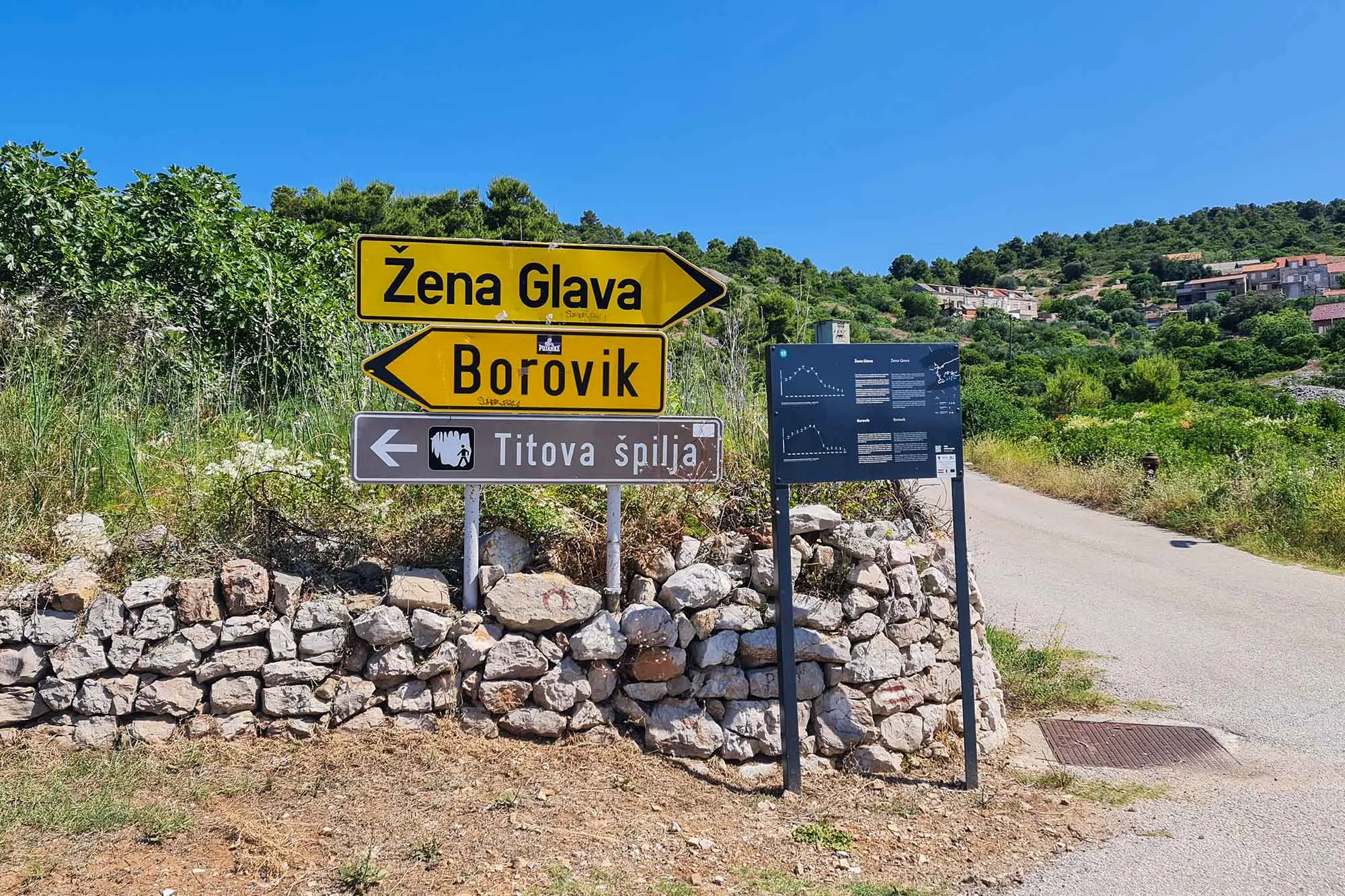
Tito’s Cave, island of Vis, Photo: Adria.fun
I set off from Komiža. Although several hiking trails lead to the cave, due to the high temperatures and sheer curiosity, I chose to drive towards Podšpilje. Right there, next to the local communal building, where you can buy some of the best vugava wine and homemade rakija, I turned onto the road to Borovik. Just after the first bend, past Mladina’s tower, there’s a small set of stairs leading directly to the cave.
But don’t worry, it’s not far. Depending on your fitness level, the walk-up takes no more than ten minutes. Along the way, you might even have to duck under a spider web masterpiece stretched across the path, courtesy of the local eight-legged architects.
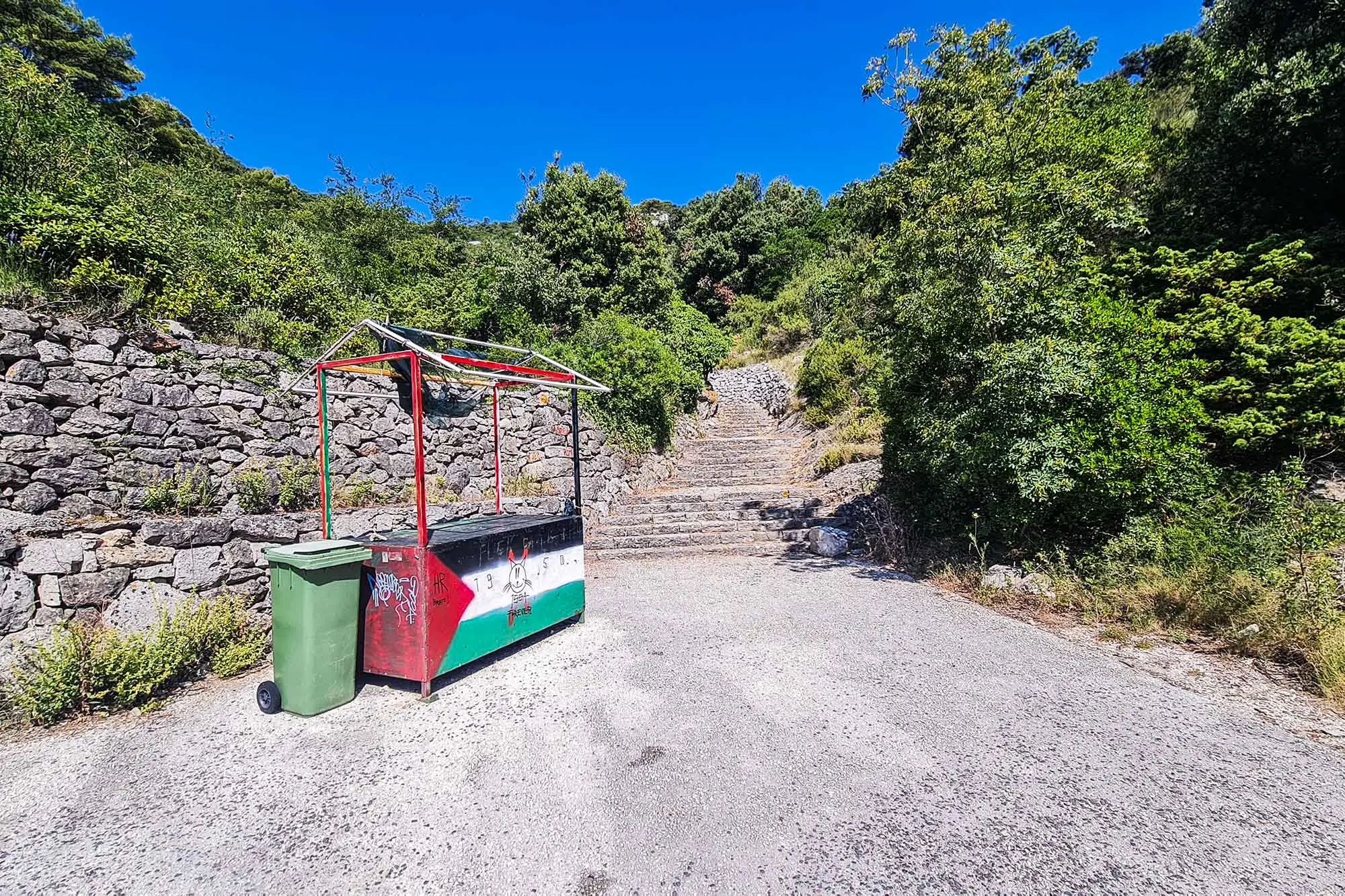
Tito’s Cave, island of Vis, Photo: Adria.fun
Tito’s Cave is, in fact, made up of two hollowed-out spaces in the rock, connected by stone steps and partially reinforced with traditional dry-stone walls. Modest, with no hint of luxury, yet it’s precisely this simplicity that gives it its power. It was here, in the summer of 1944, that Josip Broz Tito and his closest aides led the partisan resistance after narrowly escaping a German bombing in Drvar. As I stood in the cave’s shade, gazing out toward the open sea, it was easy to imagine how, from this very spot, strategic decisions were made, secret meetings held with Allied officers, and the next steps toward the country’s liberation carefully planned.
- Titova špilja, -prva, otok Vis (Tito’s cave – first one), Photo: Adria.fun
- Titova špilja- druga, otok Vis (Tito’s cave – second one) Photo: Adria.fun
Vis was no random choice; the island was under the control of the Partisans and British forces at the time, making it relatively safe from German occupation. Though modest in appearance, the cave offered natural protection and concealment, while still being close to vital naval routes. Today, it carries not only the weight of stone, but also the weight of the decisions that were made within it.
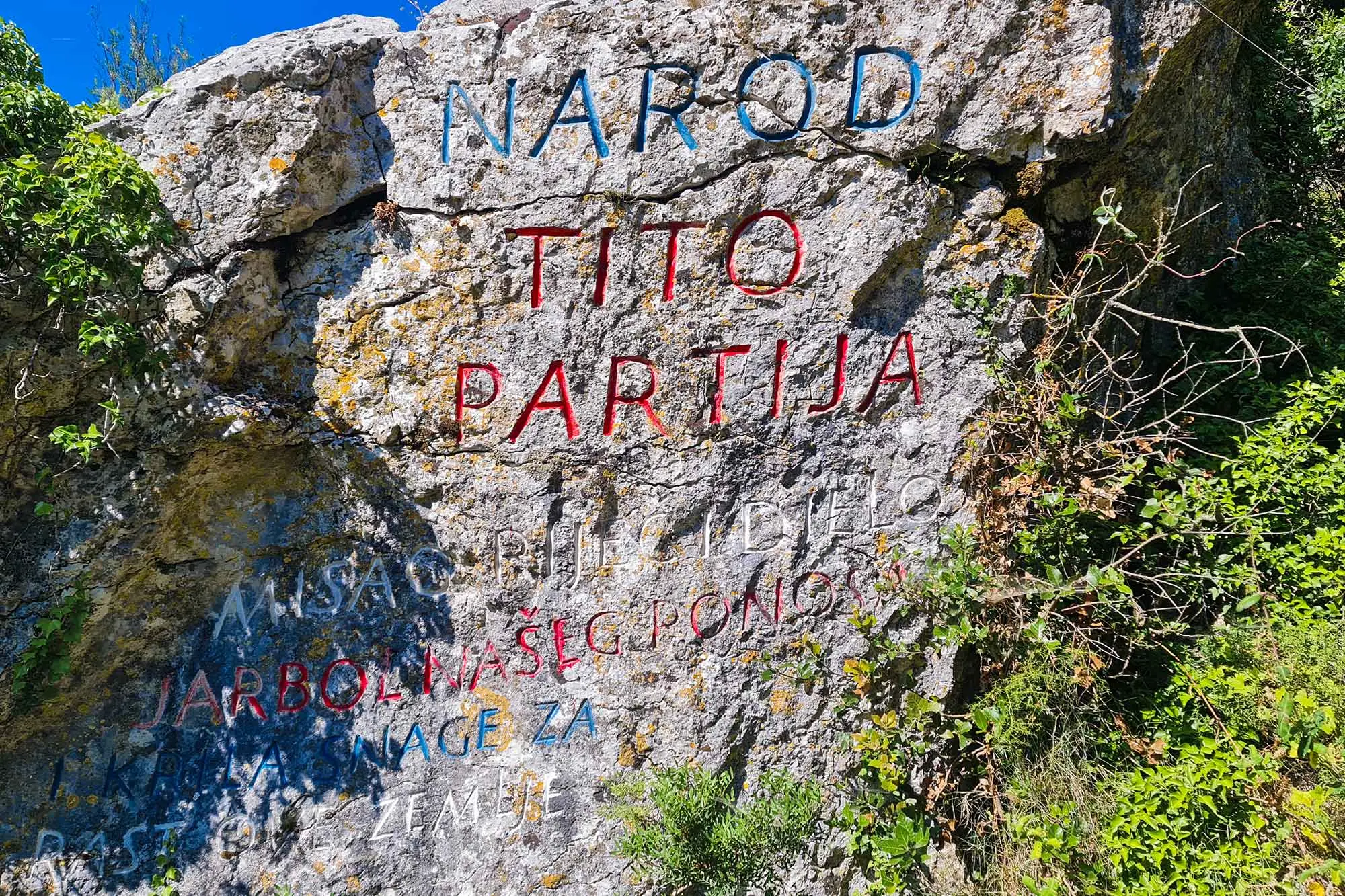
Tito’s Cave, island of Vis, Photo: Adria.fun
Although more than eighty years have passed, the cave has not lost its solemnity. There are no souvenir shops, no ice cream vendors. Only silence and a few signs that tell you what happened here. Standing inside, in the shade of the rock that once hid the most wanted man in Europe, brings a strange feeling. It’s not excitement, nor fear, more a quiet reverence for the time that has passed, for the people who once stayed here, and for the idea that even a modest cave can become the center of a movement that changed the course of history.
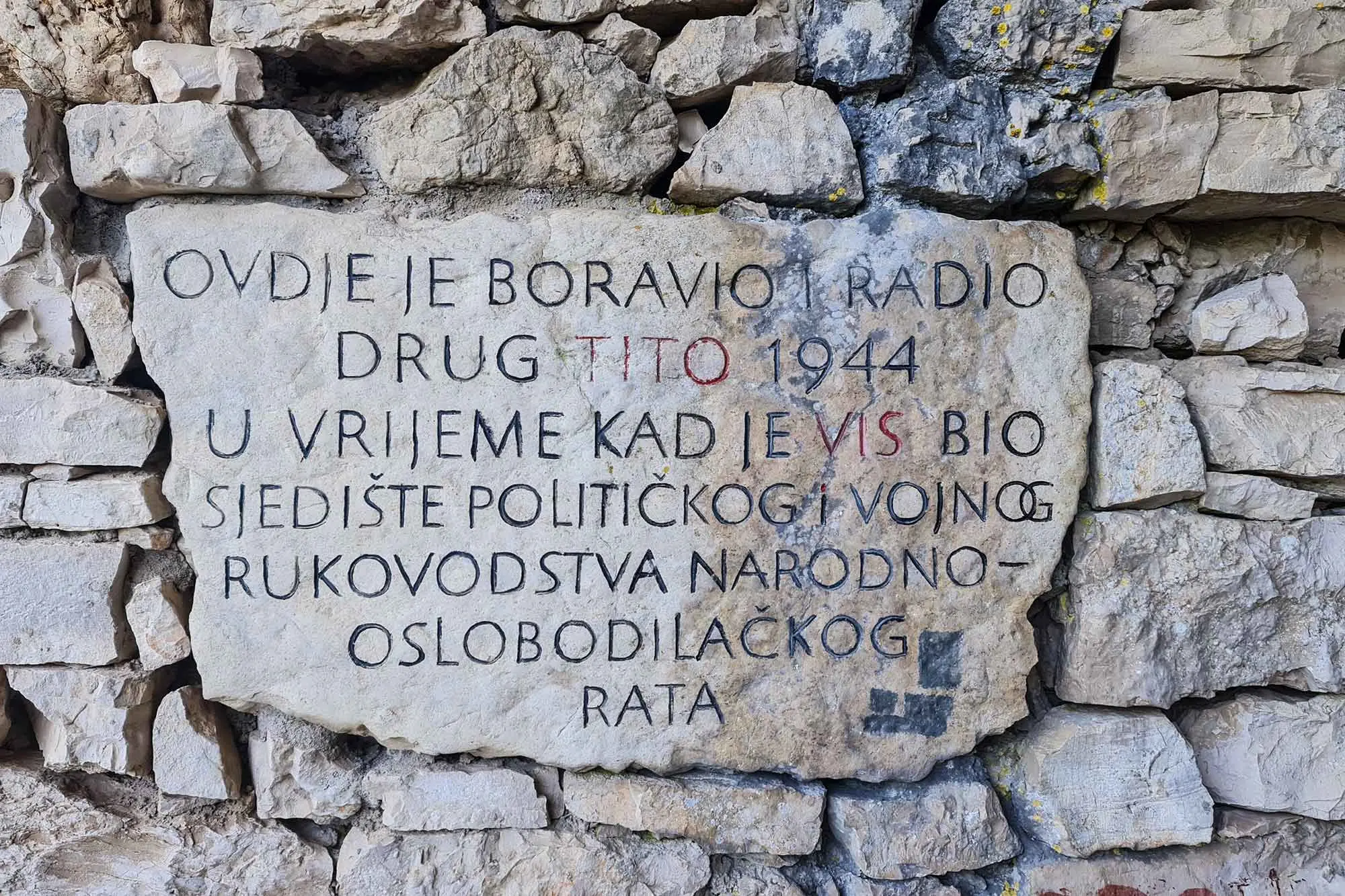
Tito’s Cave, island of Vis, Photo: Adria.fun
The walk back down the trail was quicker, but my thoughts remained up there. Tito’s Cave is not just a natural formation, it’s a historical capsule, a place where stone and ideology meet a single moment of human resolve. If you ever find yourself on Vis, don’t skip it. Not because it’s visually spectacular, but because it quietly tells a story you won’t forget.
Just look toward the western side of the island, above Komiža, in the direction of Mount Hum. Wherever your eyes meet the sky, know that somewhere up there lies the cave that, at least once, was the heart of resistance.

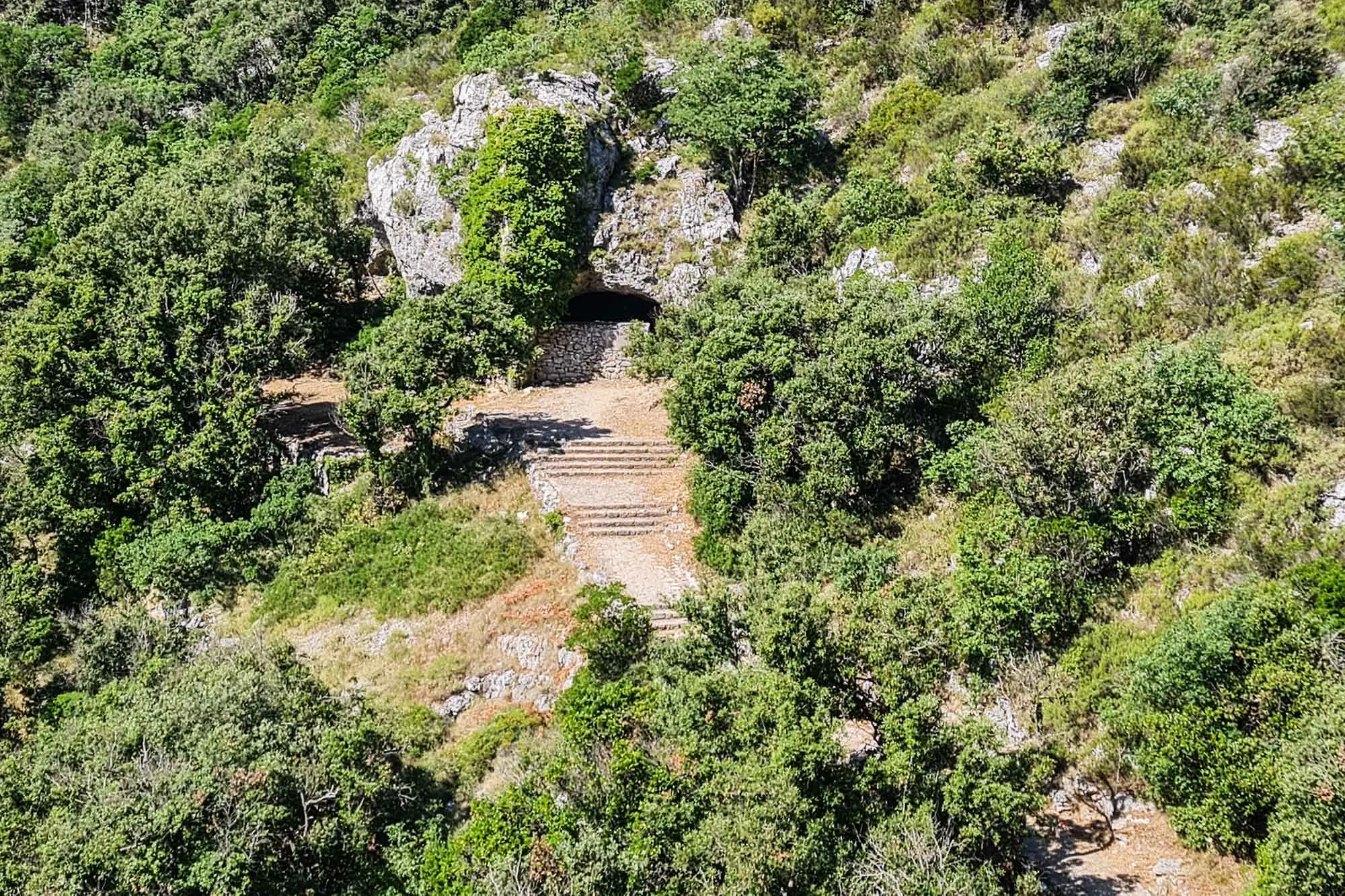
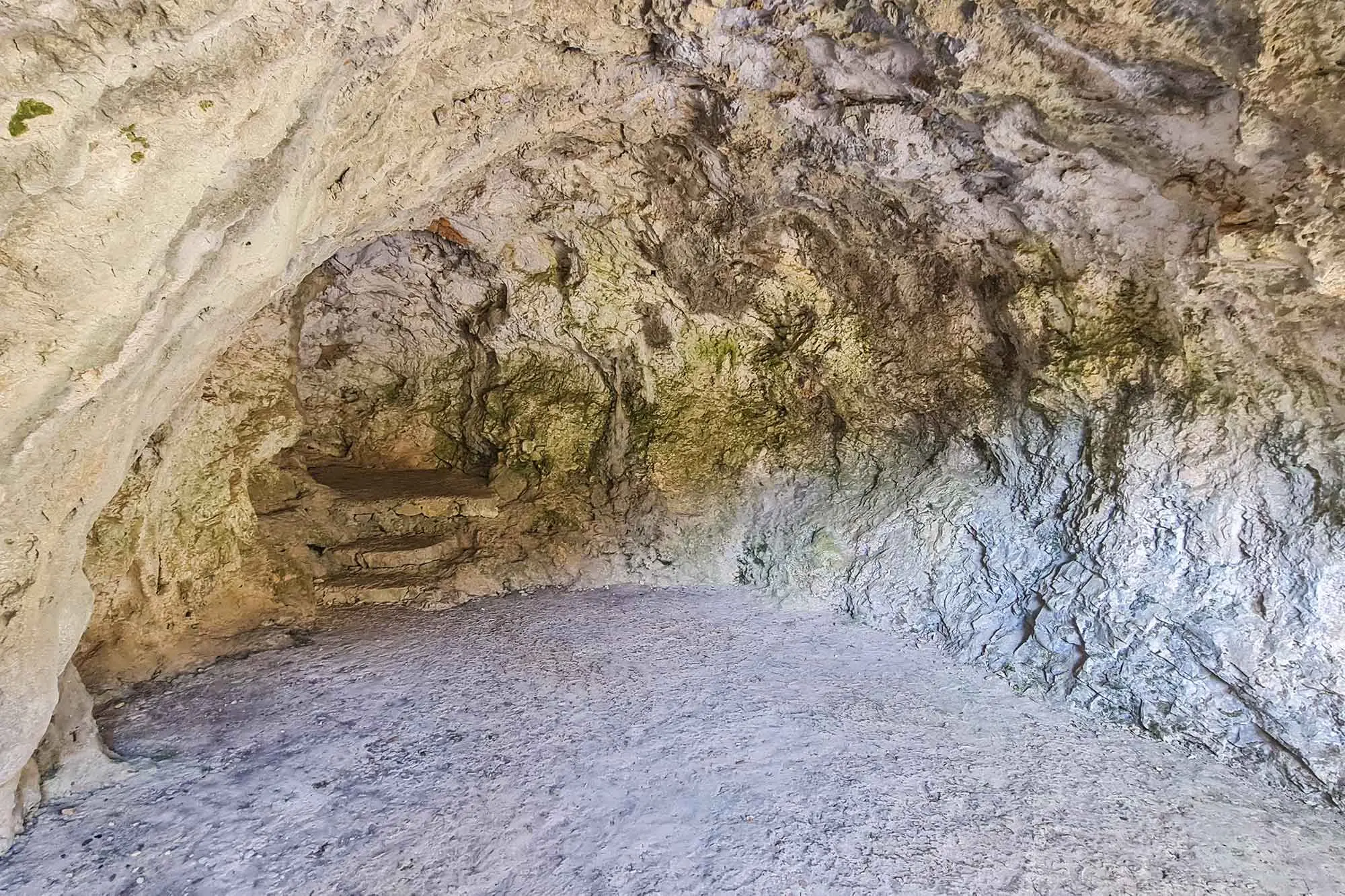
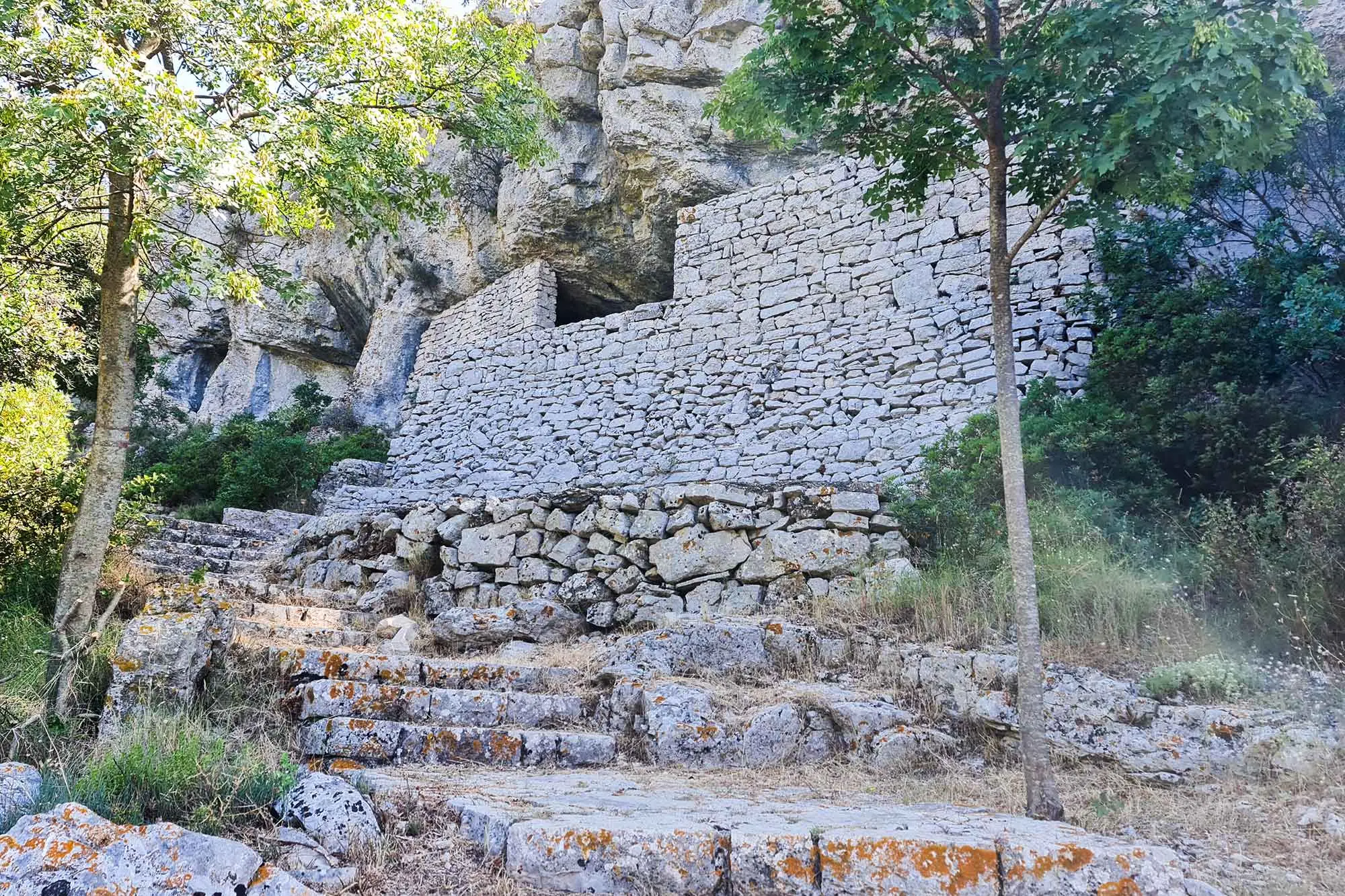
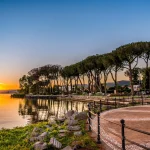
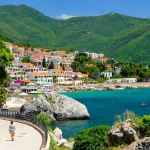
Leave a Reply